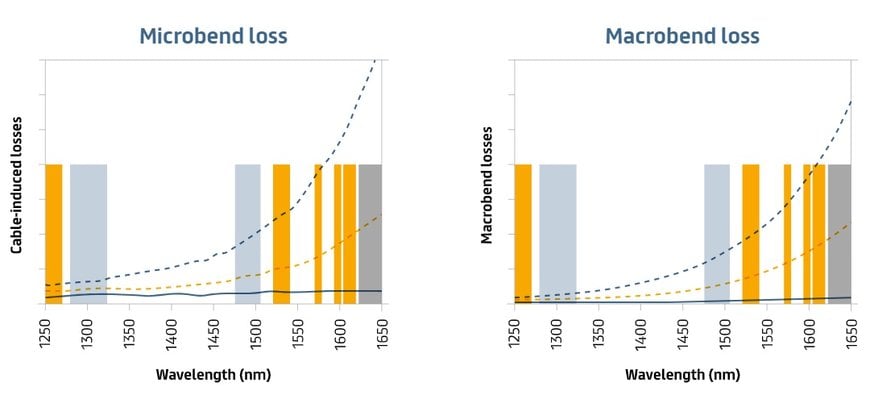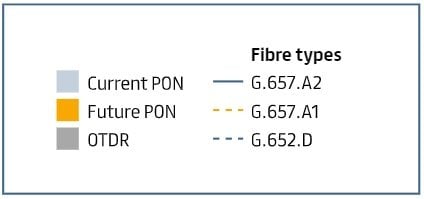electronics-journal.com
28
'21
Written on Modified on
Bend-insensitive fibres significantly reduce bend losses and extend the expected network lifetime, according to Prysmian
Prysmian Group highlights the impact of leveraging bend-insensitive fibres across the entire wavelength spectrum used by current and future PON technology.

In the new era of hyper connectivity, it is essential that the industry looks to increase the capacity of the world’s optical networks and operators must choose to leverage a bend-insensitive fibre cabling system that can keep up with new technologies, was the message expressed by Prysmian Group in its latest Industry Insight.
Bend-insensitive fibres, especially the best performing G.657.A2, can enable the development of extreme fibre count and reduced diameter cabling solutions to provide the highest bandwidth capacity in duct installations and minimise losses linked to macrobends and microbends. Therefore, operators will have access to faster and more stable optical networks, cost-effective and environmentally-friendly installations with lower operating costs and increased network lifespan. Bend resistance can extend the expected network lifetime by improving repair resilience and as such, is beneficial for operators looking to make significant OPEX savings.

“The rising wavelength requirements of PONs and wireless networks drives the need for truly bend-insensitive optical fibres, to become an integral part of Fibre-to the-X (FTTx) and 5G mobile networks,” said Prysmian Group Executive Vice President Telecom Business Philippe Vanhille. “In the new era of hyper connectivity, it is essential that we increase the capacity of the world’s optical networks and operators must choose to leverage a bend-intensive fibre cabling system that can keep up with new technologies. Operators that take advantage of these fibres, and in particular the G.657.A2, will achieve the most potential from their deployed networks.”
Adopting cost-effective and flexible bend-intensive single mode fibres can secure the entire wavelength spectrum used by current and future Passive Optical Networks (PONs). With bend-insensitive fibres, the integrity of the network infrastructure is secured, stability is increased across all bands and possibilities are opened up for system evolution. The resilience of bend-insensitive fibres provides manufacturers with the ability to design cabling solutions that can support the full use of transmission bands and future-proof higher capacity networks, that will often operate outside of present standard ranges.
Moreover, the use of G.657 fibres that are coated with 200 μm and 180 μm diameter can significantly reduce the dimensions of the cables, while achieving higher fibre density. These reduced diameter fibres are fully compatible with any G.652 fibre, which makes them easy to insert into an existing network or upgrade parts of existing optical infrastructure. As fibre networks become more crowded, and space limited, fibre bends are more likely to occur and therefore preventing power leakage with G.657 fibres is crucial. Bend resistance also allows the use of smaller loop guides when installed and a reduction in the bend radius of splice trays.
www.prysmiangroup.com

